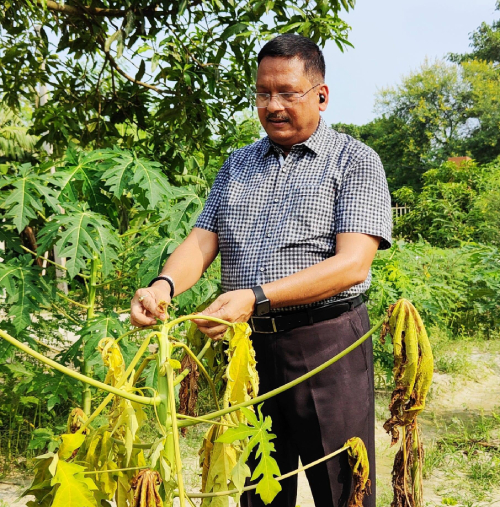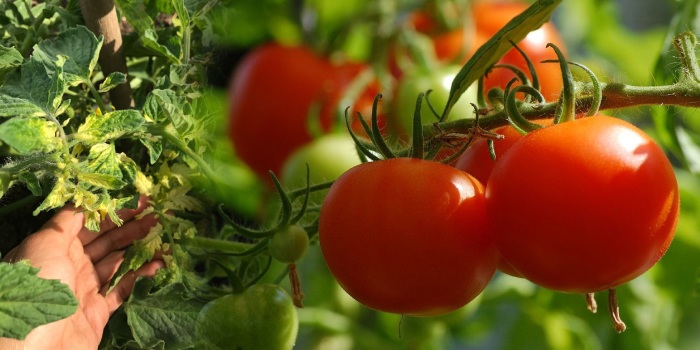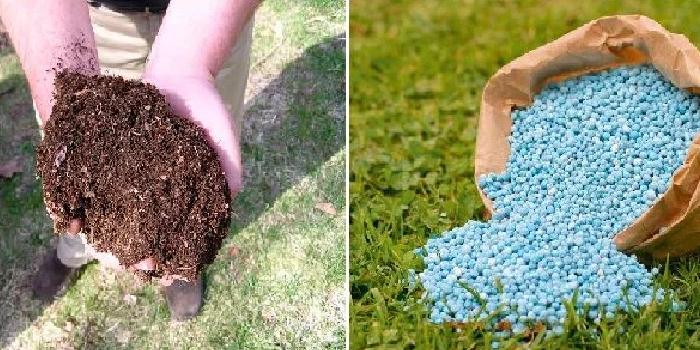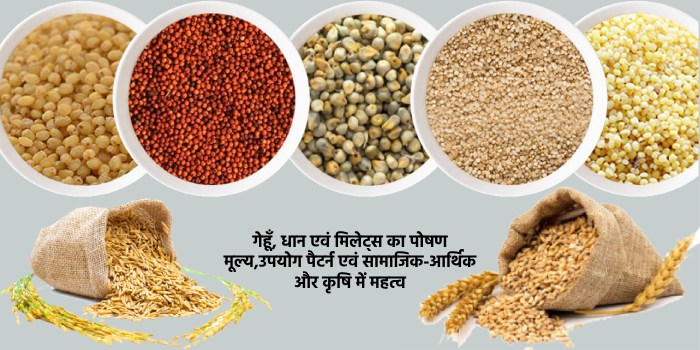
Benefits of Nano fertilizer over conventional fertilizers
Rasmi Priya1,Govind Kumar2, Shivani Kumari1 & Shivani Kumari1
1. B.Sc. (Ag.)3rd Year, 2. Assistant Professor, Department of Agriculture, SIPS
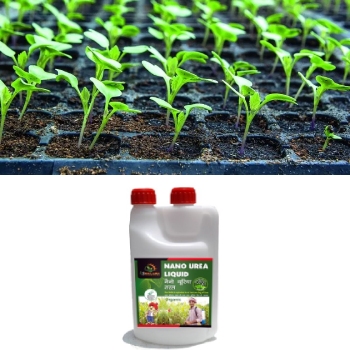
The high surface area and penetrability of nano-materials make them potentially more efficient products in terms of nutrient use as compared to conventional fertilizers. Nano fertilizers are advantageous over conventional fertilizers as they increase soil fertility, yield, and quality parameters of the crop, they are non-toxic and less harmful to environment and humans, they minimize profits. Thus, nano-fertilizers help in improving crop yield.
Nano-particles contain fertilizers better due to their higher surface tension than conventional surfaces and provide surface protection for larger particle sizes. Benefits of nano-fertilizer over conventional fertilizers are as follows-
- Nano-particles increase nutrients use efficiency and minimizing the cost of environment protection.
- Improvement in the nutritional content of crop and quality of the taste
- Optimum use of iron and increase protein content in the grain of the wheat
- Enhance plant growth by resisting diseases and improve anti agent and deeper rooting of crops.
- Effects of nano -fertilizer on seeds germination and growth parameter of the plant
- Nano fertilizers can easily penetrate into the seed and increase availability of nutrient to the growing seedlings.
Now a days, the application of nanotechnology in agricultural has significantly transformed the traditional methods of agriculture. The development of nano-agro particles is enhancing the crop production & improving the food quality with care in check the environmental pollution. Several nano-based agro particles which have lead to the smart agricultural systems including nano-fertilizers, nano-pesticides, nano-weedicides, nano-sensors, etc. out of these increasing the food productivity, they are also perform other functions like controlled release of nutrients, delivery at target sites, sensing of disease in crops, and killing them, sense the stress conditions in the environment, minimize the release of excess chemicals into environmental matrices, etc. In some cases it observe that different modes of application of these nanoagroparticles influence the growth and crop productivity, therefore giving the alternatives to select superlative course of action for crop growth. In addition, to nano-technology in seed science, it has been observed that improved the quality of seeds and producing healthy plants with higher crop yield. On the other hand, there are various constraints that are still essential to be addressed to bring the nanoagroparticles to commercial platforms. Primarily, knowledge about its environmental pathways and its long-term impacts on human and animal communities is the major area of concern and investigation. In the current scenario, the discovery of nano-integrated agro particles is a wonder for increasing food demand, and its further improvement could be a footstep toward the goal of sustainable agriculture.




